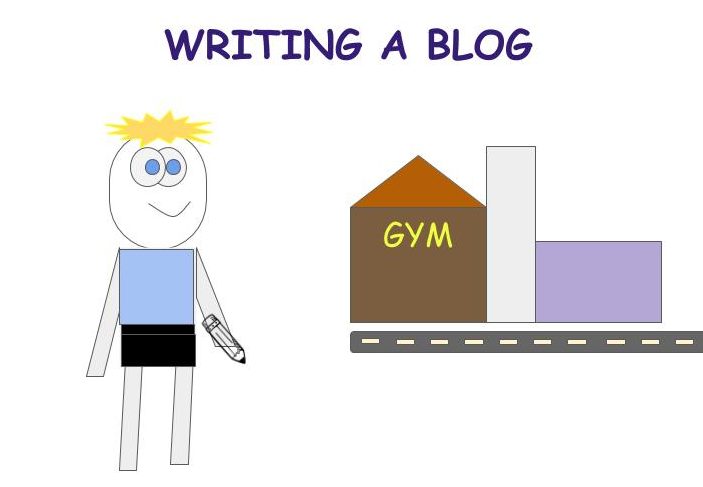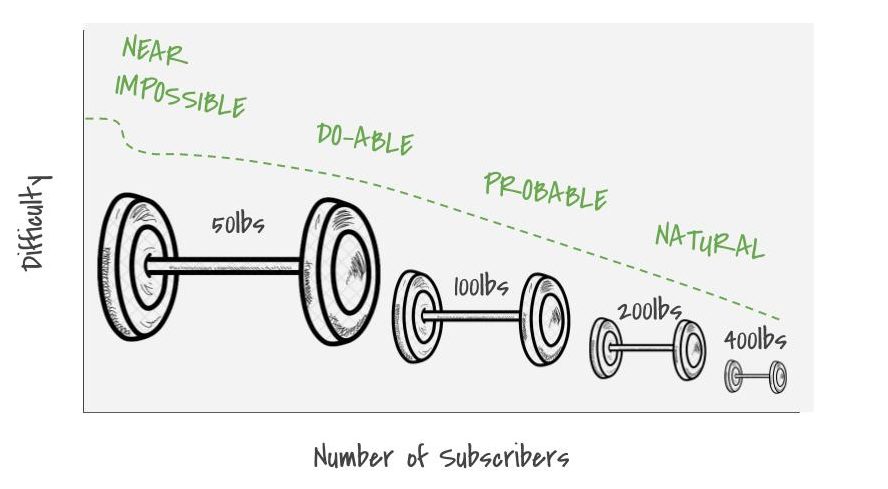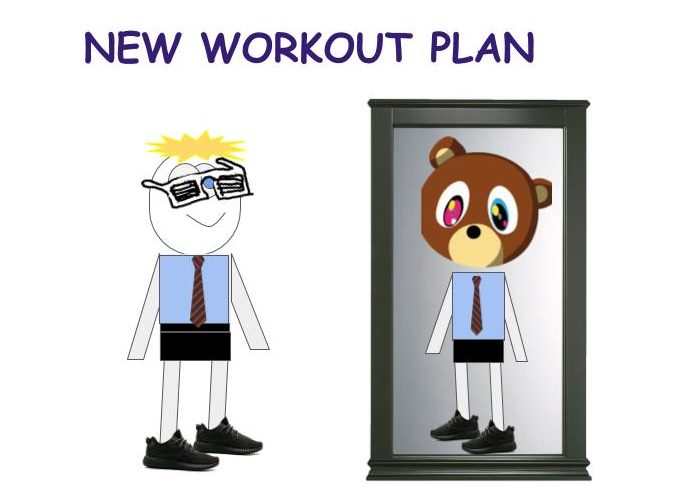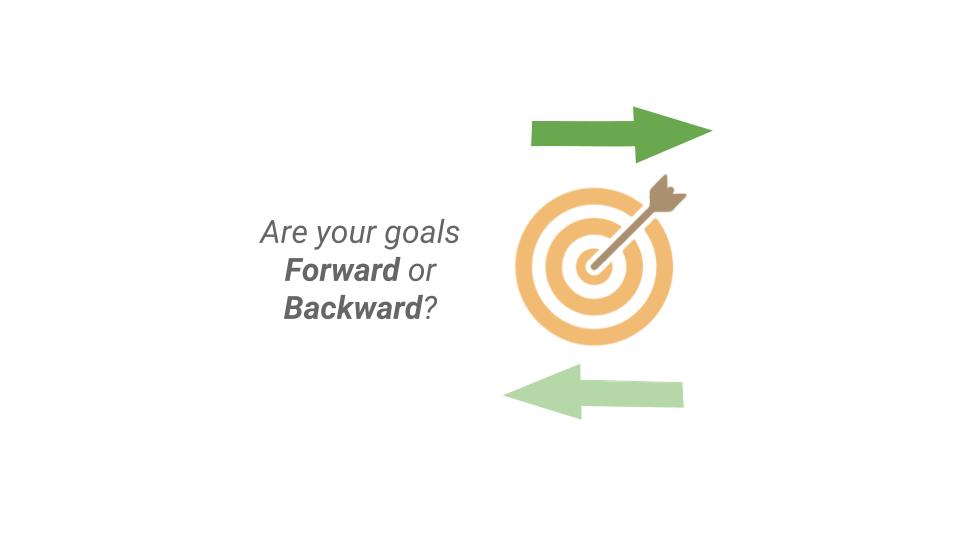
Written on March 8th, 2018 8 minute read
Writing a blog is like lifting weights
If you’re reading this article, I need to thank you.
Thank you for becoming a fan, sharing with friends, and for all of the encouragement along the way.
Building a subscriber base is a lot like weight lifting.
Let me explain…
The first time you hit the gym, your muscles aren’t very strong. Something as light as 25 pounds, really feels like 100.

Well, that’s the same thing that happens when you start anything new. I’ll use this blog as an example, but odds are, you’re also working on something you’re excited about too. Take this framework and fit it into whatever constitutes as your blog.
If you plot difficulty over your most ambitious goals, they get more achievable over time. It takes a while to establish a base, but once you do, the next goalpost becomes easier. Much like when you hit the gym, the first set of weights feel way heavier, but if you stick with it, your muscles build and those once heavier weights become your warm-up exercise.

It has this funny compounding effect; where your progress keeps doubling, yet, it continues to get easier. Your ability to impact keeps growing too. Suddenly lifting 100 pounds feels less than your original 50 pound rep on day one.

This blog is still in its earliest infancy. We’re deciding which exercises make sense and when to fit the gym into the busyness of life. We have to zoom in really close to see the location.

see: Starbucks Latte, Forward Goals, Being on Time
A new workout plan
Life is about the journey, not the destination.
This past month, you’ve seen me lace up my sneakers and hit the gym. After a month of checking out the equipment, I’ve decided to put a new workout plan in place. That’s right, channeling my inner Kanye =)

Monday Tidbits are staying, but I’m switching around the article content.
I want to go deeper on these topics and add more visuals (similar to this week). Who knows, maybe there will be video content too or a podcast for the train ride or drive. But basically, the articles won’t come every Thursday.
If you’ve enjoyed anything so far, or thought this week was cool, I think you’ll love what’s coming next.
The destination may change but who cares?
Changing the workout routine keeps life interesting.
It’s all about the journey,
Alex
